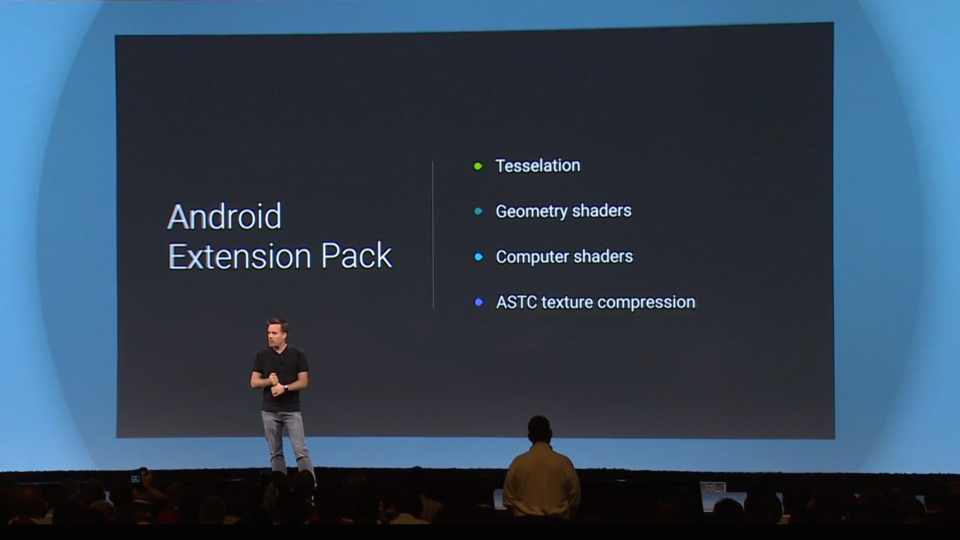In my mind, the choice of intel is obvious. Nobody has more resource, nobody has more money, nobody has better transistors, and still, for many generations, intel GPUs s*ck, both in terms of hardware and software. How to explain it ?Well couldn't you also say the same about Qualcomm, if you choose a context that suits a narrative you want to weave? All of that money, all of the physical design chops, etc, and S805's 3D performance is slower than K1's. A day late and a dollar short. Pathetic.
Not really sure why you just took the hatchet to Intel there.
edit: just imagine for few seconds if Nvidia or ATI had access to intel fabs. What a beast will be a 350mm2 Maxwell on 14nm Finfet that will ship for Xmas ? how powerful it will be ? how many SMX in such setup ? how many TFLOPS ?
Last edited by a moderator:



